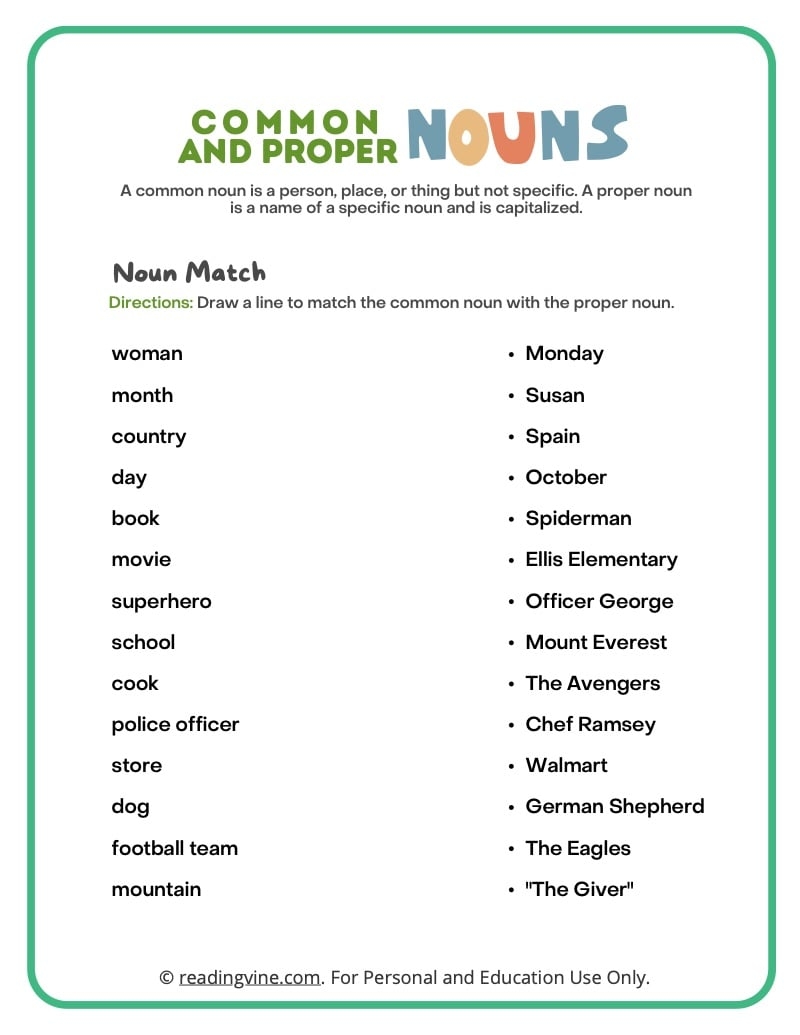Proper nouns and common nouns are two different types of nouns that are essential in the English language. Understanding the difference between them can help improve your writing and communication skills.
Proper nouns are specific names given to particular people, places, or things. They always begin with a capital letter. Examples of proper nouns include names of individuals (e.g., Mary, John), names of places (e.g., Paris, New York), and names of organizations (e.g., Google, Microsoft).
Proper Nouns vs Common Nouns
In contrast, common nouns are general names used to refer to a class or category of people, places, or things. They do not begin with a capital letter unless they appear at the beginning of a sentence. Examples of common nouns include words like “dog,” “city,” and “company.”
One key difference between proper nouns and common nouns is that proper nouns are always capitalized, while common nouns are not. For example, “I visited Paris last summer” (Paris is a proper noun) versus “I love to visit cities with rich history” (cities is a common noun).
Another distinction is that proper nouns typically refer to unique entities, whereas common nouns are more general and can apply to multiple instances. For instance, “I spoke with John yesterday” (John is a specific person) versus “I spoke with a man yesterday” (man is a general category).
It is important to use proper nouns correctly in writing to provide clarity and accuracy. Common nouns are essential for building sentences and conveying general ideas. By understanding the differences between proper and common nouns, you can enhance your language skills and communicate effectively.
In conclusion, proper nouns and common nouns play distinct roles in the English language. Proper nouns refer to specific names, while common nouns are general terms. Knowing when to use each type of noun can improve your writing and make your communication more precise. So, next time you write a sentence, pay attention to whether you are using a proper noun or a common noun.
